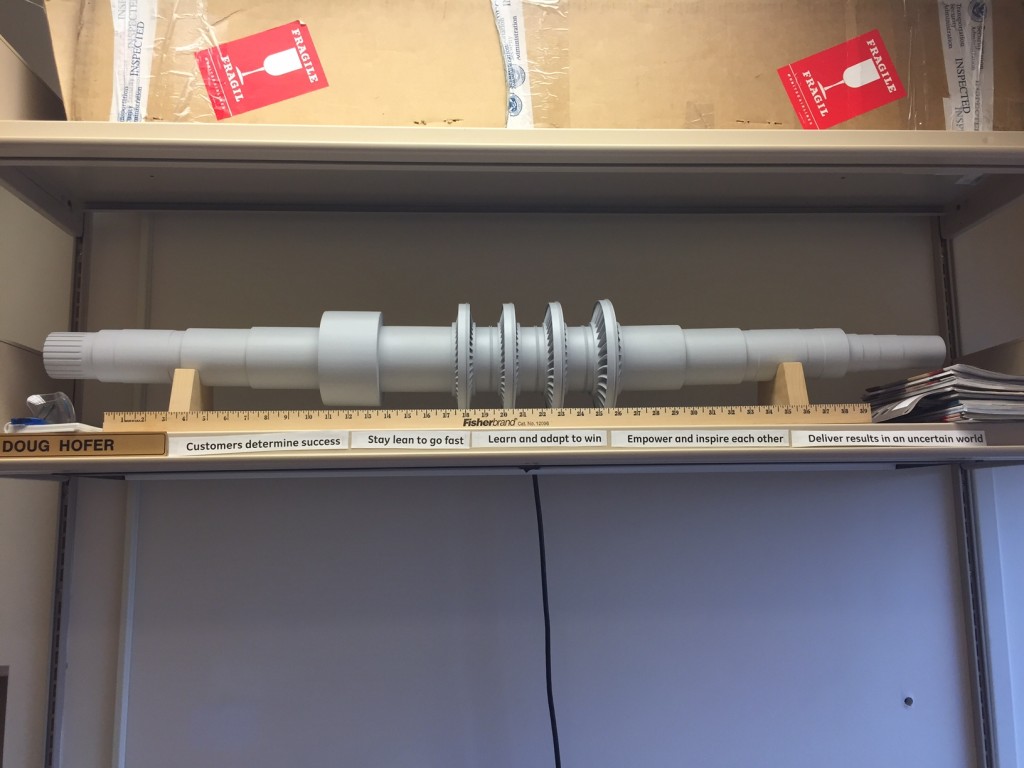GE created a device that uses carbon dioxide to create electricity
While carbon dioxide has been associated with climate change and having a negative impact on the environment, researchers from General Electric’s Global Research department have determined it could actually be used to create a clean form of electricity.
Although solar power is a very popular alternative form of energy, users are often restricted by the sun and look for ways to store this power for later use.
GE engineer Stephen Sanborn, and his team, have been trying to solve this problem by storing some of the heat created by thermal solar power plants in carbon dioxide. The power plants corral the solar rays with vast fields of mirrors and use the heat to generate steam that spins a turbine. The carbon dioxide works as the power source that can release the energy on-demand.
“The irony, of course, is that CO2 is the prime contributor to climate change, and the reason the world is switching to renewable energy in the first place,” according to GE.
How it works
The system harnesses CO2-power with its two-part design. The first aspect of the system collects the solar energy from the sun and stores it in molten salt liquid. The other part of the system uses electricity from the grid to cool the liquid CO2, turning it into dry ice.
When energy is created, the salt lets out its heat and expands the CO2 ice block. At this point, it turns into a state of matter that is not quite liquid, not quite gas.

That”fluid” then flows into a CO2 turbine, which GE refers to as the sunrotor, based on its steam turbine design. The turbine is small enough to fit on an indoor home shelf, but can actually generate as much as 100 megawatts of “fast electricity” per installed unit—enough to power 100,000 U.S. homes, according to GE Reports.
The GE team thinks that this design would be capable of storing large amounts of power and the delivering back to the grid when it’s needed.
“We’re not talking about three car batteries here,” said Sanborn. “The result is a high-efficiency, high-performance renewable energy system that will reduce the use of fossil fuels for power generation.”
Sanborn’s next goal is to bring the cost down to $100 per megawatt-hour from $250 that it costs to produce the same amount in a gas-fired power plant. This could be doable since the energy is just being stored and transferred, not created.
According to Sanbor, the new design can send as much as 68% of the stored energy back to the grid.
The team is now working on its conceptual design, which could take about five to 10 years to get to market.
However, the company sees some applications for the technology that could be available sooner than that. For instance, a system that uses waste heat from a natural gas generator could be used to create gas-run power plants more efficient.
Story via GE Reports.


Comments are closed, but trackbacks and pingbacks are open.